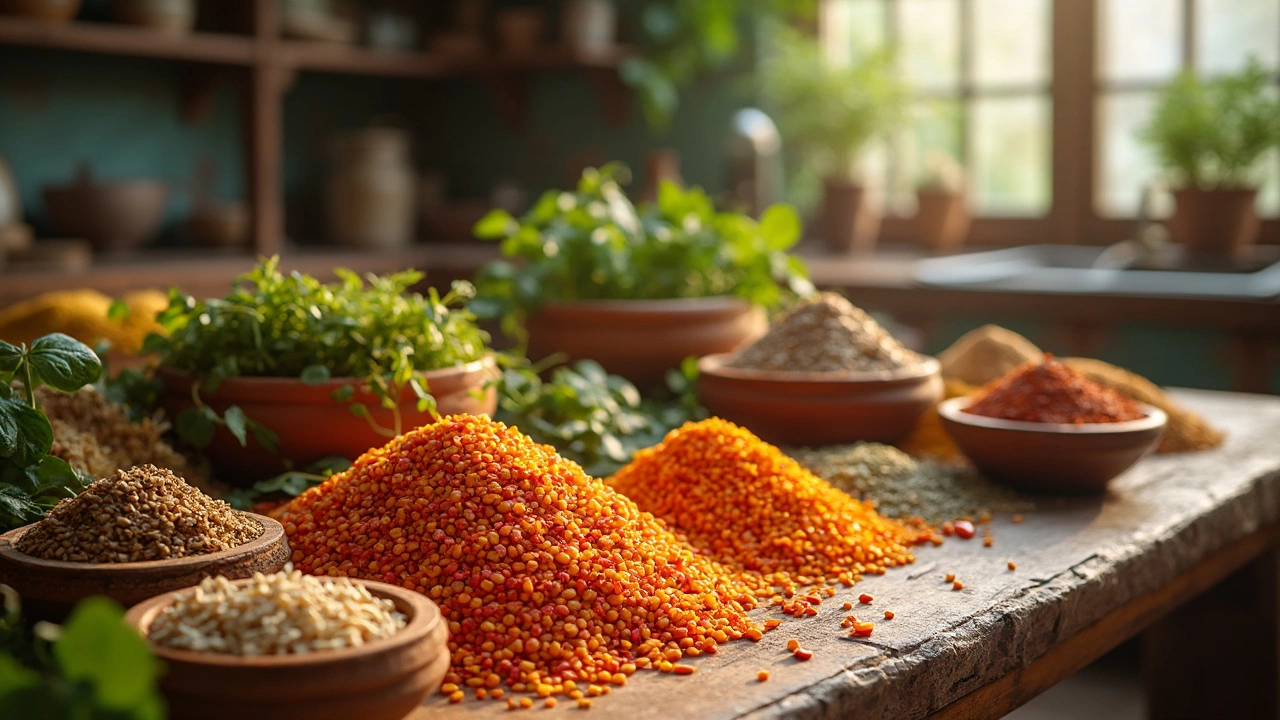Healthy Dosa: Light, Nutritious, and Delicious
When working with healthy dosa, a thin, fermented South Indian crepe that’s low on oil and high on protein and fiber. Also known as nutritious dosa, it delivers probiotics thanks to its fermentation process. The foundation is the dosa batter, a blend of soaked rice and urad dal that’s ground into a smooth paste and left to ferment. Proper fermentation not only creates the signature tangy flavor but also breaks down anti‑nutrients, making the crepe easier to digest. Adding a spoonful of curd at the end of the fermentation cycle spikes the probiotic count and helps the batter rise, giving the final dosa a light, airy texture. In short, a healthy dosa encompasses low‑fat cooking, probiotic richness, and balanced macronutrients, all wrapped in a crisp, golden sheet ready for any topping.
Key Elements for a Nutritious Dosa
The next step is tweaking the batter to boost nutrition without sacrificing taste. Swapping part of the white rice for millets, quinoa, or rolled oats adds fiber and micronutrients, turning a simple breakfast into a wholesome meal. A common trick is to sprinkle a pinch of baking soda just before cooking; the soda reacts with the natural acidity of the fermented batter, creating tiny bubbles that make the dosa fluffier while keeping the oil requirement minimal. If you prefer even lighter results, use a non‑stick pan and drizzle just a few drops of heart‑healthy oil—enough to prevent sticking but not enough to drown the crepe. Seasonings like cumin seeds, chopped green chilies, and a handful of grated carrots or spinach weave extra vitamins into the mix, making each bite a mini‑plate of vegetables. The texture you get—crisp edges, soft interior—stems from the interplay of fermentation, batter consistency, and the brief, high heat that seals in moisture without excess oil.
Cooking technique seals the deal. Aim for a pan temperature that sizzles when the batter hits the surface; too cool and the dosa stays soggy, too hot and it burns before it puffs. Pour a ladleful of batter, spread it in a circular motion, and let it sit for 30–45 seconds before adding a drizzle of oil around the edges. As the bubbles rise, the dosa lifts slightly, signaling it’s ready to flip or serve as‑is for a crunchy experience. Pair your healthy dosa with a fresh coconut‑mint chutney, a bowl of protein‑packed sambar, or a simple drizzle of tomato‑onion salsa for a balanced plate. Below you’ll find a curated list of articles that dive deeper into each of these steps—from fast fermentation hacks to curd‑boosted batter tricks—so you can start cooking light, tasty dosas today.

How to Reduce the Glycemic Index of Dosa
Ever wondered how to enjoy dosas without a sugar spike? Lowering the glycemic index of this traditional dish makes it healthier for everyone, especially diabetics. The key lies in ingredients and simple tweaks in preparation. You'll learn practical tips to savor dosas guilt-free.